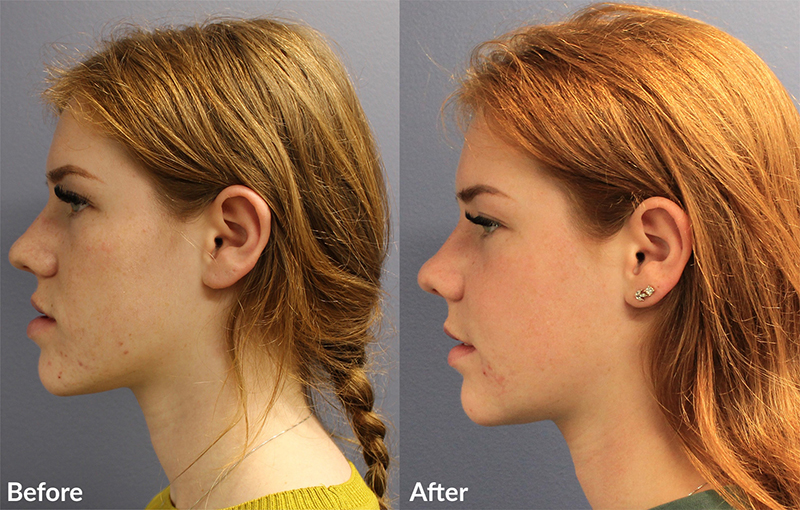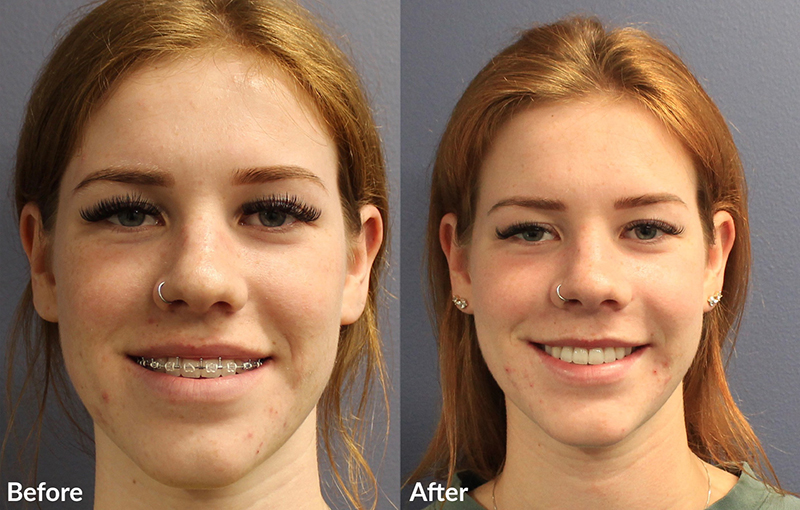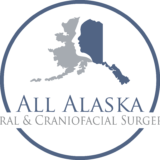Orthognathic/Corrective jaw surgery is performed by an oral and maxillofacial surgeon to realign a patient’s jaws and teeth. Common conditions treated with corrective jaw surgery include protruding lower jaw (underbite), receding lower jaw (overbite or weak chin), facial asymmetry and sleep apnea.


Orthognathic surgery is designed to improve basic orofacial functions such as breathing, chewing and speaking and most patients who receive treatment return home on the day of surgery. Your surgeon will work closely with the referring dentist and orthodontist to determine if you are a candidate for corrective jaw surgery.
If corrective jaw surgery is the right option for you or your family member, your surgeon will plan your procedure in detail before ever entering the operating room using state-of the-art computer modeling to assure an optimal surgical outcome.
Why and when to consider jaw surgery
 Orthognathic surgery usually isn’t the first option for most individuals with jaw alignment problems. Often, orthodontics alone can solve some of the aforementioned issues but, in some cases, it can’t correct the problem.
Orthognathic surgery usually isn’t the first option for most individuals with jaw alignment problems. Often, orthodontics alone can solve some of the aforementioned issues but, in some cases, it can’t correct the problem.
In addition, it’s important to recognize that orthognathic surgery should not, in most cases, be done until growth is completed. This usually occurs around ages 14-16 for females and 17-21 for males. When your dentist or orthodontist is satisfied that growth has indeed ended, he/she will refer you to an oral and maxillofacial surgeon who can determine the right timeline for you and if jaw surgery is indeed the treatment you require.
Jaw surgery may assist with some of the following issues:
-Correcting facial imbalances such as underbite, overbite, crossbite, asymmetry and small or large chin
-Correcting problems with jaw closure or chewing function such as teeth that don’t come together correctly due to improper jawbone position
-Addressing problems with speech or swallowing
-The ability to fully close the lips comfortably
-Minimizing excessive wear of teeth due to alignment issues
-Relieve the pain of TMJ and other jaw disorders
-Repairing facial injuries from accidents
-Repairing jaw-related birth defects
-Providing relief from obstructive sleep apnea
Preparation for Orthognathic Surgery
Chances are your orthodontist will recommend orthognathic surgery when he or she believes that braces alone will not adequately address your needs. At that point, your orthodontist will refer you to an oral and maxillofacial surgeon and the two professionals will consult together to devise a treatment plan.
You will have a thorough facial and dental evaluation with your surgeon as well as a 3D CT scan and models of your teeth taken to help the surgeon better diagnose and treat your condition.
Braces will usually be placed on your teeth from 12-18 months before jaw surgery is scheduled in order to align the teeth before the procedure.
Of course, the entire procedure will be explained to you – the patient – and/or to parents or guardians before any type of jaw surgery takes place. This is so that you and/or your family member will know what to expect before, during, and after jaw surgery, and so that you’ll feel more comfortable with the procedure overall.
More about the procedures
Jaw surgery can be performed on the upper jaw, lower jaw, chin or any combination of these, depending on the issue to be addressed. Most of the time, these surgeries are performed from inside the mouth so there will not be any incisions on the face. Your surgeon will talk to you about this before the procedure.
During the procedure, the surgeon makes finite cuts in the jawbones, moves them into the desired position, and then places titanium plates and screws in the bone to hold the jaws in their new position. These plates and screws are meant to remain permanently. Over the course of about six weeks, regrowth of the bone will allow the jaws to remain in this position.
After surgery, you can expect normal post-surgery pain and discomfort, swelling, some bleeding, and difficulty eating, which will be alleviated with a liquid or soft diet.
Risks associated with orthognathic surgery are minimal but might include:
-Jaw fracture
-Relapse into the original jaw position
-Failure of bone healing
-Plate and screw (“hardware”) failure
-Extensive blood loss
-Nerve injury
-Jaw joint pain
-Infection
-Need for root canal on certain teeth
-Need for further surgery
Generally, the benefits of orthognathic surgery outweigh the risks, and patients are delighted with their improved jaw function and facial appearance, which can also greatly increase their self-confidence and enhance their lives.
